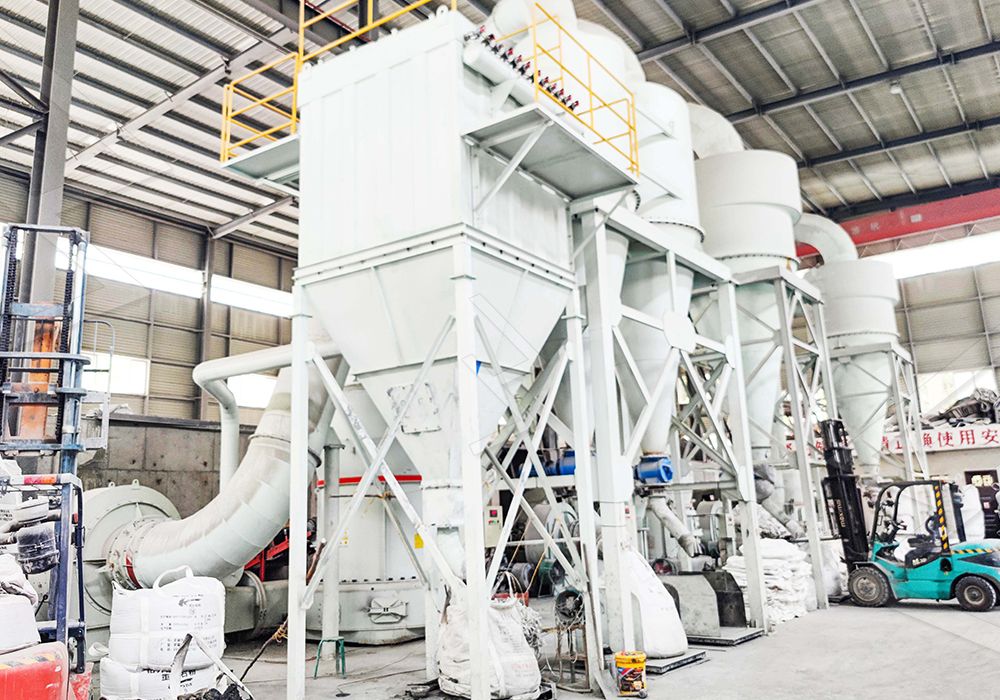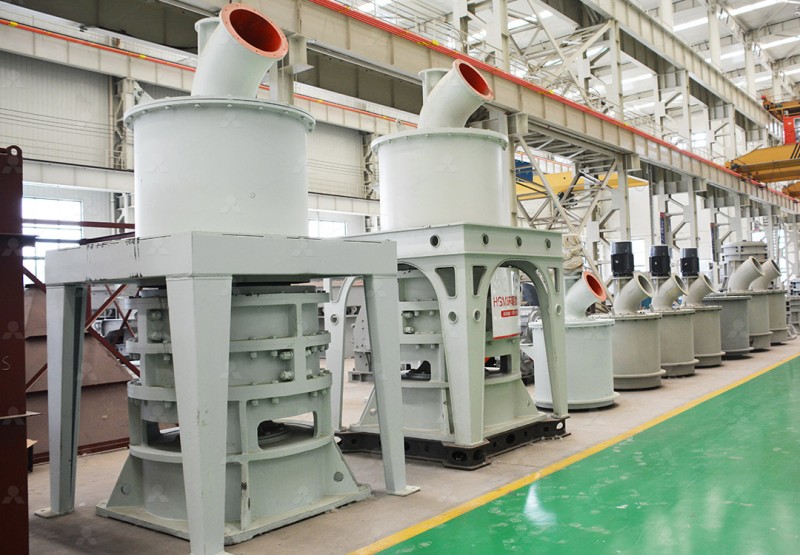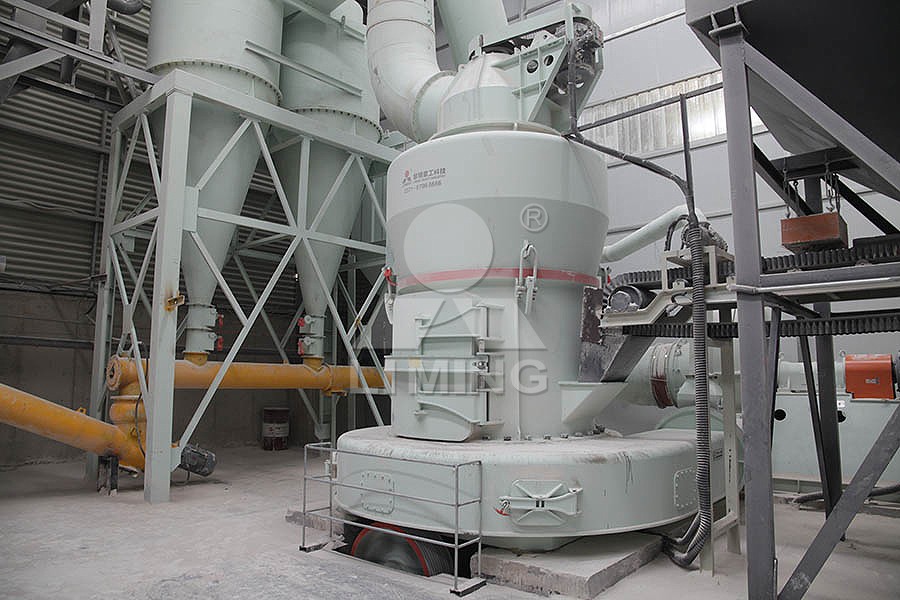Raymond Mill for Mineral Processing: Key Features and Applications
Raymond Mill for Mineral Processing: Key Features and Applications
In the world of mineral processing, achieving the perfect particle size distribution is crucial for downstream operations and final product quality. For decades, Raymond Mill technology has served as a reliable workhorse in processing facilities worldwide, offering robust performance for medium-fine grinding applications. This article explores the enduring value of Raymond Mill systems and highlights advanced alternatives for ultra-fine processing requirements.
Traditional Raymond Mill systems excel in processing materials with hardness below 9.3 Mohs and humidity below 6%, handling everything from limestone and gypsum to barite and dolomite. With input sizes typically under 25mm and capacities ranging from 0.6-5 tph, these mills provide dependable operation for various industrial sectors including cement, metallurgy, and chemical production.

Evolution of Grinding Technology
While traditional Raymond Mills continue to serve many applications effectively, technological advancements have led to more sophisticated solutions for specialized requirements. The growing demand for ultra-fine powders in industries such as cosmetics, pharmaceuticals, and high-performance materials has driven innovation in grinding technology.
For operations requiring finer particle sizes and higher production efficiency, our MW Ultrafine Grinding Mill represents a significant leap forward. This advanced system processes materials with input sizes of 0-20 mm and achieves impressive capacities of 0.5-25 tph. What truly sets this equipment apart is its ability to produce powders ranging from 325 to 2500 meshes with exceptional precision.
Advanced Features for Modern Applications
The MW Ultrafine Grinding Mill incorporates several engineering innovations that address common challenges in fine powder production. Its newly designed grinding curves for rollers and rings enhance efficiency, delivering production capacity 40% higher than jet mills and stirred mills under equivalent power consumption. Meanwhile, the system energy consumption is reduced to just 30% of comparable jet grinding systems.

One notable design improvement is the elimination of rolling bearings and screws within the grinding chamber. This strategic engineering decision prevents common failure points and eliminates machine damage caused by loose fasteners. The external lubrication system enables maintenance without shutdowns, supporting continuous 24-hour operation that modern production facilities require.
Environmental Considerations and Operational Efficiency
Modern mineral processing operations must balance production requirements with environmental responsibility. The MW Ultrafine Grinding Mill addresses this challenge through integrated pulse dust collection and noise reduction systems. The efficient pulse dust collector ensures no dust pollution during operation, while silencers and noise elimination rooms maintain workplace comfort and regulatory compliance.
For operations requiring vertical grinding solutions with exceptional precision, our LUM Ultrafine Vertical Grinding Mill offers another sophisticated option. With input sizes of 0-10 mm and capacities of 5-18 tph, this system integrates ultrafine powder grinding, grading, and transporting in a single compact unit. Its unique roller shell and lining plate grinding curve design generates material layers more effectively, enabling high rates of finished products through single-pass milling.
Application Versatility
These advanced grinding systems handle diverse materials including limestone, calcite, dolomite, petroleum coal, gypsum, barite, marble, talc, and various coal powders. Their applications extend across multiple industries from traditional construction materials to specialized sectors like paint, cosmetics, pharmaceuticals, and food additives where precise particle control is critical.

The digital processing capabilities of these modern mills ensure exceptional precision through numerically controlled operations including steel plate cutting, bending, planing, milling, and paint spraying. This manufacturing approach guarantees consistency and reliability, particularly for core components where precision directly impacts performance.
Frequently Asked Questions
What is the main advantage of the MW Ultrafine Grinding Mill over traditional Raymond Mills?
The MW Ultrafine Grinding Mill produces significantly finer powders (325-2500 meshes) with 40% higher production capacity compared to traditional mills under the same power consumption, while reducing system energy usage by 30%.
Can these grinding systems handle abrasive materials?
Yes, both the MW Ultrafine Grinding Mill and LUM Ultrafine Vertical Grinding Mill are designed with wear-resistant components and optimized grinding curves to handle various mineral types, though specific material testing is recommended for highly abrasive applications.
How do the environmental features compare between traditional and modern grinding systems?
Modern systems like the MW Ultrafine Grinding Mill incorporate integrated pulse dust collectors and noise reduction technologies that significantly reduce environmental impact compared to traditional mills, often achieving emissions standards well beyond regulatory requirements.
What maintenance advantages do these advanced mills offer?
The elimination of rolling bearings and screws in the grinding chamber of the MW Ultrafine Grinding Mill reduces common failure points, while external lubrication systems enable maintenance without production stoppages, maximizing operational uptime.
